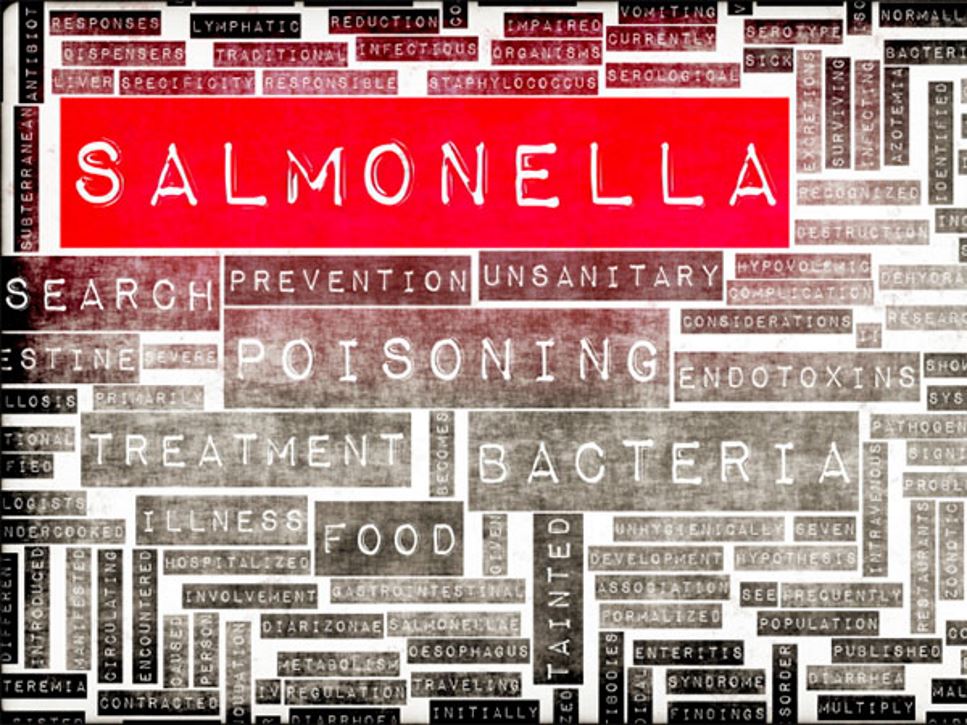What is Food Poisoning?
Food poisoning, also known as foodborne illness, happens when there are harmful bacteria, viruses or parasites in food. These are often referred to as pathogens. The most common pathogens cause an estimated 9.9 million cases of food poisoning in the United States each year. This includes over 53,000 hospitalizations and an estimated 931 deaths each year, according to the Centers for Disease Control and Prevention.
Who Is at Risk for Food Poisoning?
Anyone may get food poisoning. However, some people are at greater risk of developing serious side effects. High-risk groups include older adults, infants and young children, pregnant women and people with weakened immune systems and chronic illness such as diabetes, kidney disease, HIV/AIDS and cancer.
Causes of Food Poisoning
A handful of pathogens cause most cases of food poisoning in the United States. These include: Norovirus, Salmonella, Clostridium perfringens, Campylobacter and Staphylococcus aureus. Food poisoning also can result from foods or drinks that are contaminated with Escherichia coli (E.Coli), Listeria and Clostridium botulinum (or botulism) and result in severe reactions requiring hospitalization.
Food Poisoning Symptoms
The symptoms and severity of food poisoning vary, but may include upset stomach, stomach cramps, nausea and vomiting, diarrhea, fever and dehydration.
Long-Term Risks and Side Effects
Although long-term risks of food poisoning are relatively rare, they can be very serious when they occur — for example, problems such as kidney failure, chronic arthritis and brain or nerve damage. In extreme cases, foodborne illness can result in death.
How to Reduce the Risk of Food Poisoning
You can significantly reduce your risk of food poisoning by handling food properly and following four easy steps:
- Wash. Wash your hands, all surfaces and utensils used to prepare food and all fresh fruits and vegetables.
- Separate. Keep raw meat, poultry, seafood and eggs separate from ready-to-eat foods.
- Cook. Use a food thermometer to make sure foods are cooked to the appropriate internal temperature.
- Refrigerate. Store perishable foods at or below 40°F within two hours. If the surrounding temperature is above 90°F, then refrigerate within one hour.
References
Find a Nutrition Expert
Looking for credible nutrition information and recommendations? The Academy of Nutrition and Dietetics' network of credentialed food and nutrition practitioners are ready to help!

